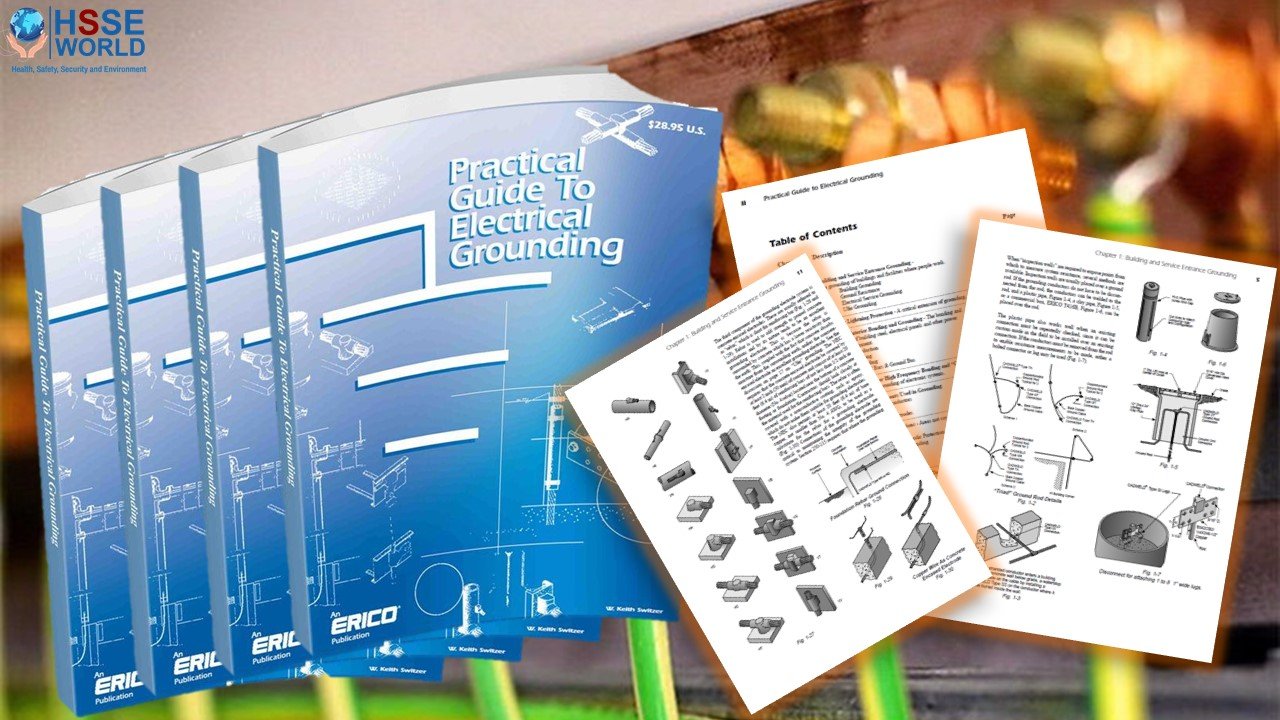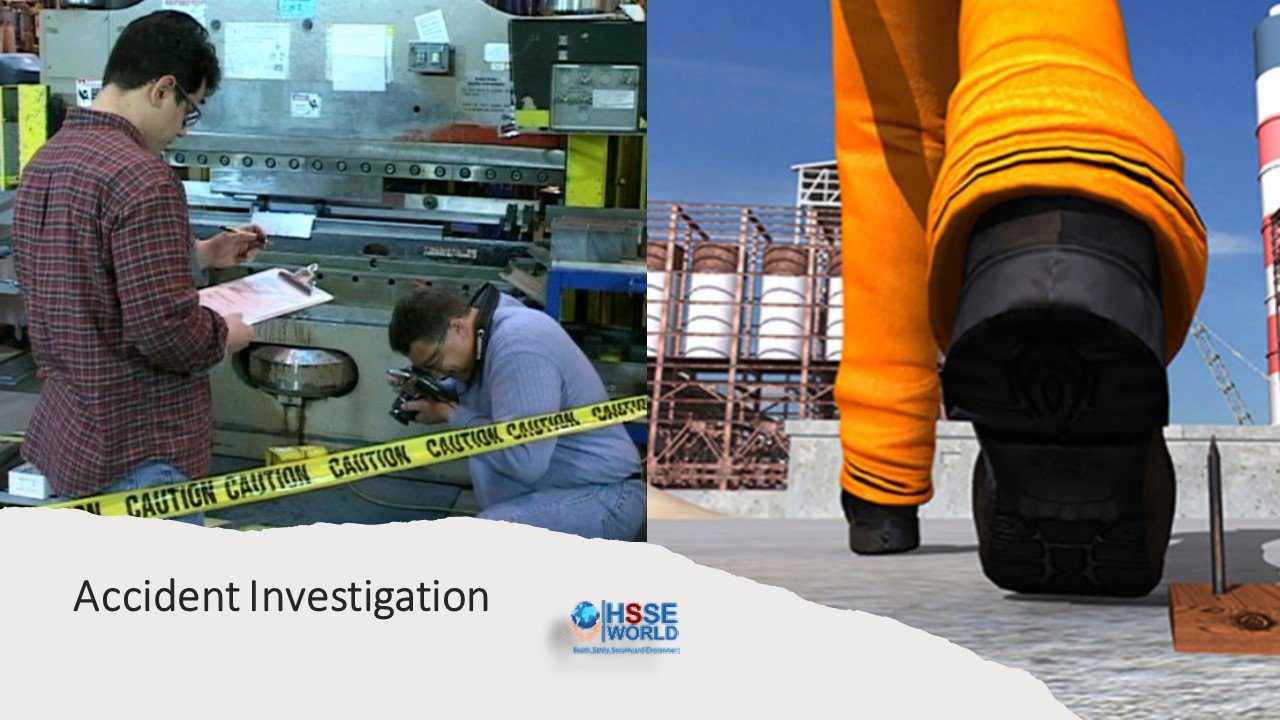Practical Guide To Electrical Grounding by ERICO. This book is designed for the contractor who finds that installing grounding systems, which are in compliance with all relevant codes and standards, is a complex and somewhat mystifying assignment. While in larger facilities, the design of a proper grounding system is certainly complex and should be left to a qualified engineer, the everyday grounding installations and applications covered in this text are well within the scope of the qualified contractor. In most facilities, a thoughtful contractor can follow the guidelines and techniques in this book and be reasonably ensured that he has done a competent and code-compliant job.
This book is not written for the casual contractor who was in the painting business last week. It is for the electrical contractor who intends to be in business next week, next year, and in the years to come. The design and installation of electrical grounding systems are one of the most important aspects of any electrical distribution system, yet it is all too often misunderstood and subsequently installed improperly. Some detailed knowledge of the facility is needed, and the contractor who intends to do the job correctly must make the investment in time and tools or hire someone to do these things for him.
Guesswork won’t do! The subject is too serious and complex for that kind of approach. We hope you find our recommended approaches helpful and cost-effective. Article 250 of the National Electrical Code (NEC) contains the general requirements for grounding and bonding of electrical installations in residential, commercial, and industrial establishments. Many people often confuse or intermix the terms grounding, earthing, and bonding. To use simple terms:

Grounding is connecting to a common point which is connected back to the electrical source. It may or may not be connected to the earth. An example where it is not connected to the earth is the grounding of the electrical system inside an airplane.
Earthing is a common term used outside the US and is the connection of the equipment and facilities grounds to Mother Earth. This is a must in a lightning protection system since earth is one of the terminals in a lightning stroke.
Bonding is the permanent joining of metallic parts to form an electrically conductive path that will ensure electrical continuity and the capacity to conduct safely any current likely to be imposed. A comprehensive review of grounding and bonding requirements contained in the NEC appears in Chapter 3 of this text. NEC is the copyright of NFPA.

WHY GROUND?
There are several important reasons why a grounding system should be installed. But the most important reason is to protect people! Secondary reasons include the protection of structures and equipment from unintentional contact with energized electrical lines. The grounding system must ensure maximum safety from electrical system faults and lightning. A good grounding system must receive periodic inspection and maintenance, if needed, to retain its effectiveness. Continued or periodic maintenance is aided through adequate design, choice of materials, and proper installation techniques to ensure that the grounding system resists deterioration or inadvertent destruction. Therefore, minimal repair is needed to retain effectiveness throughout the life of the structure.
The grounding system serves three primary functions which are listed below.
Personnel Safety. Personnel safety is provided by low impedance grounding and bonding between metallic equipment, chassis, piping, and other conductive objects so that currents, due to faults or lightning, do not result in voltages sufficient to cause a shock hazard. Proper grounding facilitates the operation of the overcurrent protective device protecting the circuit.
Equipment and Building Protection. Equipment and building protection is provided by low impedance grounding and bonding between electrical services, protective devices, equipment, and other conductive objects so that faults or lightning currents do not result in hazardous voltages within the building. Also, the proper operation of overcurrent protective devices is frequently dependent upon low impedance fault current paths.
Electrical Noise Reduction. Proper grounding aids in electrical noise reduction and ensures:
- The impedance between the signal ground points
throughout the building is minimized. - The voltage potentials between interconnected
equipment is minimized. - That the effects of the electrical and magnetic field
coupling is minimized.
Another function of the grounding system is to provide a
reference for circuit conductors to stabilize their voltage to the ground during normal operation. The earth itself is not
essential to provide a reference function. Another suitable conductive body may be used instead.
The function of a grounding electrode system and ground the terminal is to provide a system of conductors that ensures electrical contact with the earth. Two Fine Print Notes (FPN) that appear in Section 250-1 of the NEC provide a good summary of the reasons for grounding systems and circuit conductors and the conductive materials which enclose electrical conductors and equipment.
Contents
Table of Contents of Practical Guide To Electrical Grounding
- Building and Service Entrance Grounding
- Building Lightning Protection
- Building Interior Bonding and Grounding
- Transients & Other High-Frequency Bonding and “Grounding” Requirements
- Selection of Components Used in Grounding
- Special Grounding Situations
- Corrosion and Cathodic Protection
- Radio Antenna Grounding
- Static Grounding
Download the book
More Downloads
- E-Books: Healthcare Hazard Control & Safety Management
- E-Books: Safety, Health and Working Conditions Training Manual
- E-Books: Energy Efficiency in Water and Wastewater Facilities
- E-Books: Fire Service Features of Buildings and Fire Protection Systems
- E-Books: Evaluation of Fire Safety free download
- E-Books: PPE for Chemical, Biological, and Radiological Hazards free
- E-Books: Changing the Workplace Safety Culture free download
- E-Books: Site Emergency Planning Workbook
- E-Books: Load Restraint Guide
- E-Books: Essential Practices for Creating, Strengthening, and Sustaining Process Safety Culture
- E-Books: System Safety Engineering and Risk Assessment
- E-Books: Permit-Required Confined Spaces
- E-Books: Is it Safe to Enter Confined Space?
- E-Books: 5-Minute Workplace Safety Talks
- E-Books: Safety Culture and High-Risk Environments
- E-Books: Practical Guide to Industrial Safety
- E-Books: Slip, Trip, and Fall Prevention for Healthcare Workers
- E-Books: Health and Safety at Work Key Terms
- E-Books: Fundamentals of Process Safety Engineering
- E-Books: Gas Detection Hand Book
- E-Books: Occupational health and safety management systems ANSI-AIHA-z10-2012
- E-Books: Hot Work on Drums and Tanks
- E-Books: Human Fatigue Risk Management
- E-Books: Guidelines for the provision of facilities and general safety in the construction industry
- E-Books: Handbook of Training in Mine Rescue and Recovery Operations ( 2021)
- E-Books: Code of Practice for the Safe Use of Lifting Equipment – Edition 9 (Nov 2019)
- E-Books: Free Forklift Health and Safety Best Practices Guideline
- E-Books: Handbook of Hazardous Chemical Properties
- E-Books: Human Performance Improvement through Human Error Prevention
- E-Books: Principles Of Fire Risk Assessment In Buildings
- E-Books: Investigation of Occupational Accidents and Diseases
- E-Books: Radiation Protection and Safety in Industrial Radiography
- E-Books: Basic Guide to System Safety, Third Edition
- E-Books: Food Safety Management-A Practical Guide for the Food Industry
- E-Books: Safety identification: Escape and evacuation plan signs- ISO 23601
- E-Books: Safety at Work
- E-Books: The Safety-Critical Systems Handbook 4th edition
- E-Books: Fundamental principles of occupational health and safety
- E-Books: Fire Safety Risk assessment Guide – Sleeping Accommodation
- E-Books: Mental health at work series
- E-Books: Live Fire Training: Principles and Practice
- E-Books: Pre-Startup Safety Review Guide
- E-Books: Fire and Emergency Drill Manual and Building Inspection Guide
- E-Books: Health and Safety: Risk Management 5th edition
- E-Books: Fire Protection systems -Third edition 2021
- E-Books: Fire Safety Logbook templates
- E-Books: From Accidents to Zero
- E-Books: Electric Safety Practice and Standards
- Your steps to chemical safety
- E-Books: Ergonomics and Psychology Developments in Theory and Practice
- E-Books: HAZOPS Should BE fun-The Stream-Based HAZOP
- E-Books: Safety Health and Environmental Auditing
- E-Books: A Quick Guide to Health and Safety
- E-Books: Occupational Ergonomics A Practical Approach
- E-Books: Job Hazard Analysis A Guide for Voluntary Compliance and Beyond
- E-Books: Electrical Safety of Low Voltage Systems




